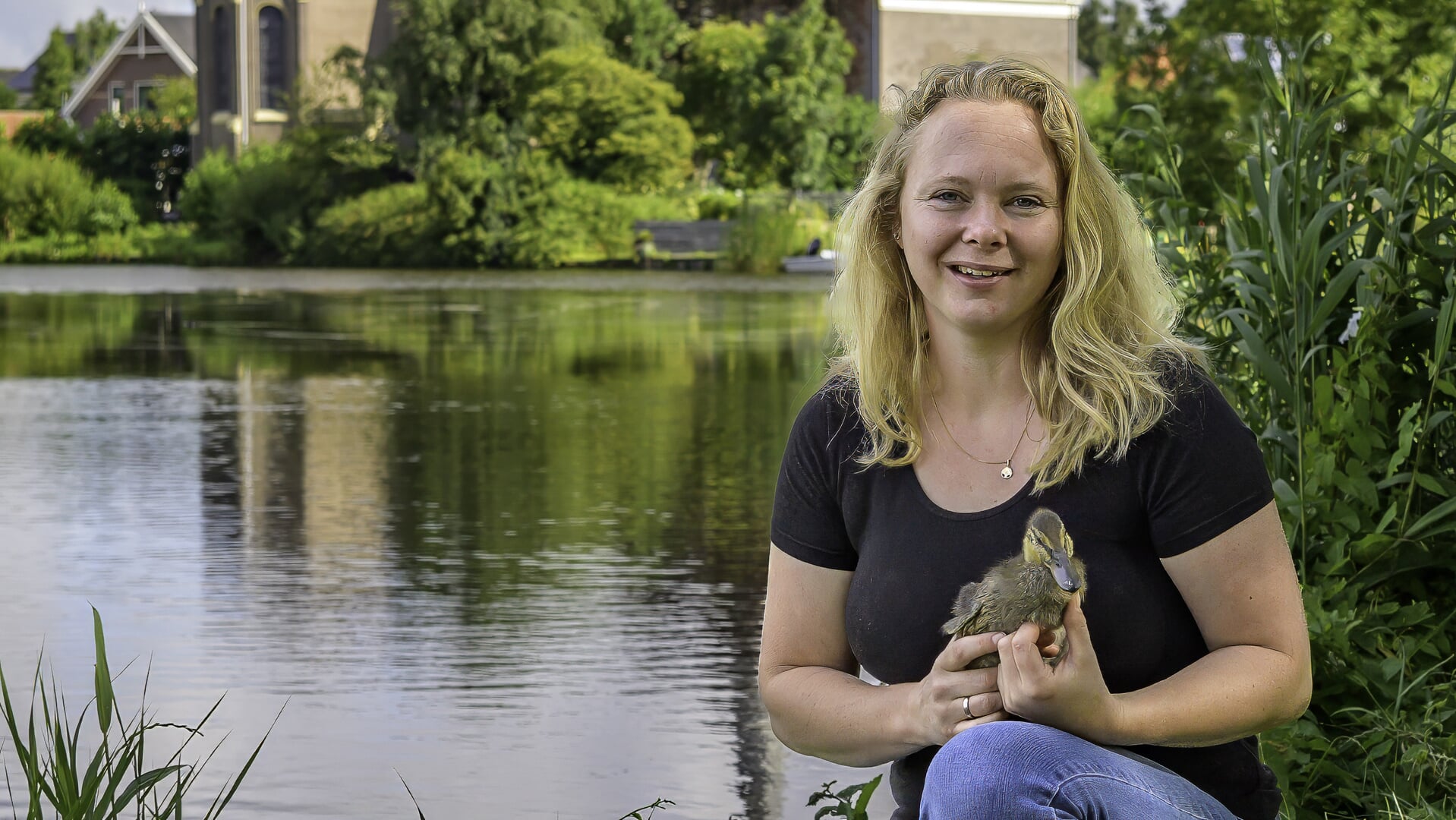You’ve undoubtedly noticed it: those long, thin, white strings on a banana. Sometimes there are almost none, other times bananas are full of them. “This can be very annoying, because they’re not really tasty,” says Sebastien Carpentier, who studies the properties of bananas. What is the function of these wires? Can you do something about it? Is it healthy to eat it?
“Banana filaments have a scientific name: we call them vascular bundle systems,” explains Sebastien Carpentier. He is a scientist and group leader of the Banana Team within the Alliance of Bioversity International & CIAT at KU Leuven. In English this is called bark bundles;. They are the systems that transfer all nutrients from the plant to the fruit. The plant produces a lot of sugars based on the light, and it also extracts nutrients such as potassium, nitrogen and phosphorous from the soil. All of these things have to go into the fruit, which is what the vascular bundle system is for. “
The threads are mainly in the peel, but sometimes they start to fall off, so they get in the way when you’re peeling a banana. “At first the skin is green and yields little sugar, but as the banana ripens, it softens. Then it will be easier to separate it from the fruit. With this, the threads that provide nutrients also become loose. In general, the more ripe the banana, the more threads you will have. . which you have undoubtedly noticed yourself.”
Can you eat those strings?
“You can effectively eat these strings,” Carpentier reassures. But it’s not exactly tasty, because this one has a lot of fiber with latex and tannins, for example. You can also taste the latter in wine. This feels a bit sharp on the teeth. It’s certainly not harmful to health, but it will result in a somewhat bitter taste,” says Carpentier. The trick to avoiding all those strings is to not let the bananas overripe.
And what if you still want to use ripe bananas in children’s fruit porridge or in pastries, as ripe bananas are just right? “Then you can just crush those strands into the mixture,” he explains. “There’s nothing unhealthy about that. But here too: Since the taste is bitter, you can also taste this in it. It’s not a bad idea to remove it if you can’t stand the taste, but there’s nothing wrong with just eating it.”
Read also:
Is it true that frozen ice cream is healthier than ice cream?
“Barely 1 or 2 cups of alcohol causes interrupted sleep”: a sleep expert explains which foods improve your night’s sleep (+)
Once and for all: Are Bananas Healthy or Do They Have Too Much Sugar?
Unlimited free access to Showbytes? Which can!
Log in or create an account and never miss a thing from the stars.

“Friendly communicator. Music trailblazer. Internet maven. Twitter buff. Social mediaholic.”







More Stories
Deadpool & Wolverine’s latest trailer reveals Marvel’s insane debut
Live Blog – Swelling and Sweating at Tomorrowland, Follow Netsky’s Set Live on Mainstage via VRT MAX
Road cushions, posts and concrete blocks should make the road between Oud-Turnhout and Ravels safer.